 Originally posted on gCaptain. Reposted with permission.
Originally posted on gCaptain. Reposted with permission.
Christopher Nolan’s movie, Dunkirk, opened Friday to rave reviews. The New York Times calls it “a tour de force …both sweeping and intimate.” The Guardian calls it “utterly immersive” and predicts that the movie “will doubtless become the definitive cinematic depiction of this remarkable chapter of history.” I saw the film last night and while I generally agree with many of the points made by the reviewers, I found the movie to be somewhat of an incongruous muddle, and with containers cranes, no less.
The movie is, as one might expect, based on the evacuation of over 300,000 British and French troops over 8 days in June, 1940 from the beaches of Dunkirk, France — one of the greatest maritime rescues in history. While under attack by German fighters and dive bombers, an entire British Army was saved by a mix of Royal Navy destroyers and other naval vessels, as well as by an armada of close to a thousand private and commercial craft, sailing back and forth across the channel to ferry the troops to safety.
How does one capture both the very human experience of being on the beach and on the boats and ships at Dunkirk, while also communicating the vast sweep of the evacuation? How can any movie-maker compress 8 days of horror and heroism into just over 100 minutes of screen time? Continue reading


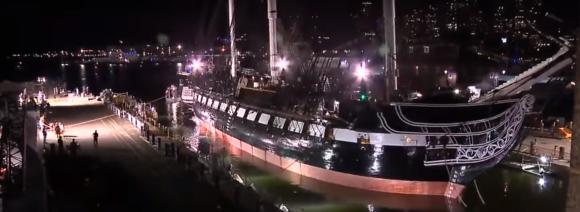 After a two year drydocking for restoration work,
After a two year drydocking for restoration work, 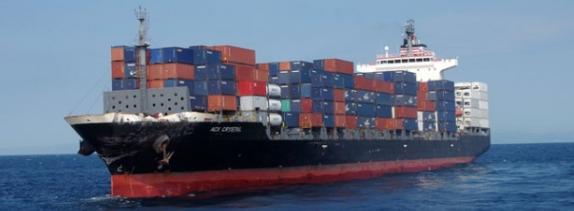 One recurring comment related to the
One recurring comment related to the 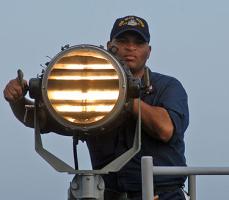 In 1867, Royal Navy Captain, and later Admiral, Philip Colomb, worked out a system to send signals by a code of dots and dashed using
In 1867, Royal Navy Captain, and later Admiral, Philip Colomb, worked out a system to send signals by a code of dots and dashed using 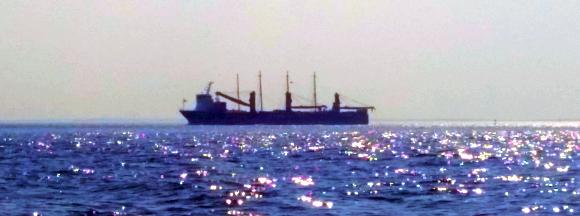 The ship was just a silhouette in the haze as we sailed into New York harbor. We were on the last leg of the delivery of my new/old sailboat Arcturus from southern Virginia to Oyster Bay, Long Island. The ship in the distance looked odd. The ship’s deck-house was forward with three pedestal cranes aft. What was strange was the other rigging, which at first looked like four king posts, rising from the deck. Why would a ship with pedestal cranes also have king posts?
The ship was just a silhouette in the haze as we sailed into New York harbor. We were on the last leg of the delivery of my new/old sailboat Arcturus from southern Virginia to Oyster Bay, Long Island. The ship in the distance looked odd. The ship’s deck-house was forward with three pedestal cranes aft. What was strange was the other rigging, which at first looked like four king posts, rising from the deck. Why would a ship with pedestal cranes also have king posts?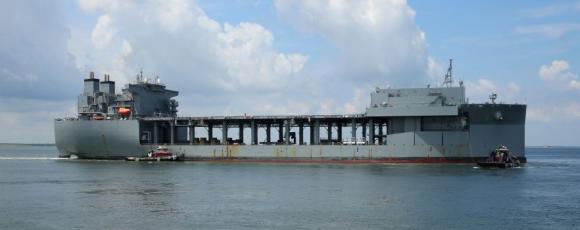 The USNS
The USNS  Since at least the 1960s there have been reports of
Since at least the 1960s there have been reports of  Along the shore of South Africa, at least four great white sharks have washed ashore with their livers almost surgically removed. Two were also missing their hearts. The culprit appears not to be human. All indications seem to suggest that orcas have removed the organs from the sharks, causing them to bleed out. One male shark carcass was found on June 24 in a relatively fresh state of decomposition, missing not just its liver, but its stomach and testes as well.
Along the shore of South Africa, at least four great white sharks have washed ashore with their livers almost surgically removed. Two were also missing their hearts. The culprit appears not to be human. All indications seem to suggest that orcas have removed the organs from the sharks, causing them to bleed out. One male shark carcass was found on June 24 in a relatively fresh state of decomposition, missing not just its liver, but its stomach and testes as well. Last week, Joe Howlett, 59, a Canadian fisherman and a founder of
Last week, Joe Howlett, 59, a Canadian fisherman and a founder of 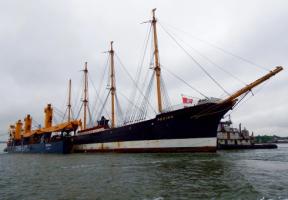
 Some 400 divers and snorkelers rocked-out to a unique sub-sea concert that promoted reef protection on part of the world’s third-largest living coral barrier reef last Saturday. The
Some 400 divers and snorkelers rocked-out to a unique sub-sea concert that promoted reef protection on part of the world’s third-largest living coral barrier reef last Saturday. The 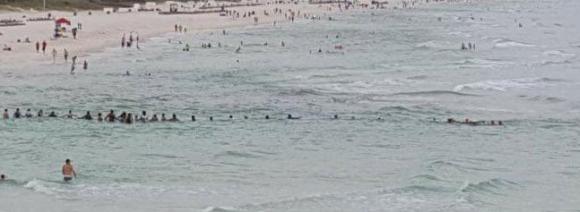
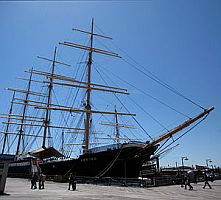
 This year’s
This year’s 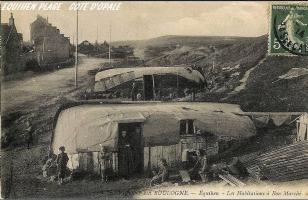
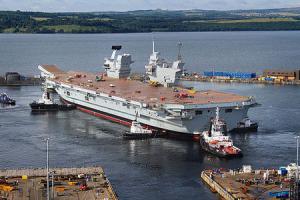 Originally posted on
Originally posted on